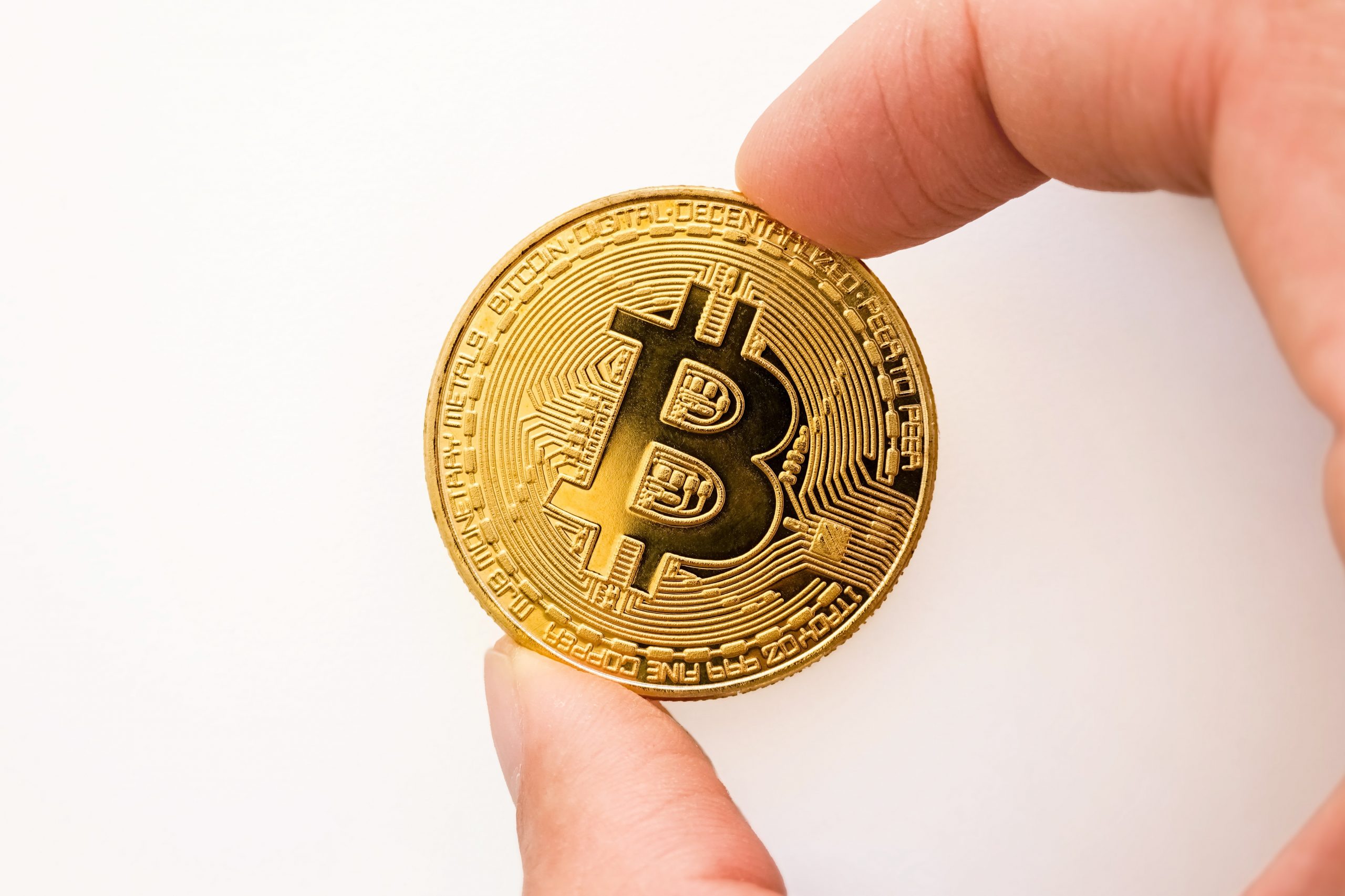Twitter and Decentralized Social Media, What Does That Even Mean?
From virtual running shoes to NFT wines, it seems just about everything is being brought to the blockchain. It’s hard to know the difference between the creation of a good idea, and an excited group of people. However, some major companies like Twitter and TikTok are getting excited about something new: decentralized social media. But, what does that even mean?
We’re at the point where corporate America isn’t just looking at crypto for hype marketing opportunities, but is seriously studying the tech to gauge how it computes into their core business. 2 big social media examples from the past few days:
— Ma/ya Zehavi (@mayazi) August 17, 2021
* Twitter/BlueSky
* TicToc/Audius
Full Steam Ahead!
Twitter recently announced earlier this month that they have found a lead for its decentralized social media group, “Bluesky”. This is a major step in a project that has been developing for many years. It all began back in December of 2019 when Twitter’s founder and CEO, Jack Dorsey announced the new initiative. The goal was to create an independent product that would not impact Twitter’s bottom line. Dorsey wrote,
Twitter is funding a small independent team of up to five open source architects, engineers, and designers to develop an open and decentralized standard for social media. The goal is for Twitter to ultimately be a client of this standard. 🧵
— jack⚡️ (@jack) December 11, 2019
In its early days, Twitter was so open that some thought it might become a decentralized internet standard. Instead, the company centralized. As time went on, Dorsey realized 4 major issues that lead to them changing their opinions on the subject. He states that:
- It’s too difficult for centralized companies to enforce policy around abuse and misleading information.
- That the value of social media has changed from content hosting and removal to the recommendation of algorithms for “directing attention”.
- This leads to unhealthy environments where the “attention being focused on content and conversation that sparks controversy and outrage rather than conversation which informs and promotes health”.
- That blockchain technology makes something different and new a possibility
It is clear that this is only the beginning of something big. It’s exciting to wonder which platforms will push boundaries next?
Top NBA Pick Will be Paid in Bitcoin
The crypto firm BlockFi has signed NBA draft pick Cade Cunningham to a sponsorship deal. A key point in Cade’s contract is that his signing bonus is to be paid in Bitcoin! 🤑 This 19-year-old is joining a growing list of athletes who are accepting bonuses and salaries in cryptocurrency. Although it is not disclosed what his bonus amounts to, we do know that he has accepted this “multi-year” deal. Others include NFL players Russell Okung, Sean Culkin, and Ifunanyachi Achara.

Zoomers, those born in the late 90s and early 2000s, are one of the more important demographics in the cryptocurrency movement. This group has spent a good part of their lives with digital currencies. Whether using crypto as a form of exchange, or as an investment asset, zoomers continue to lead the way in normalizing crypto. This news story reflects the overall change within the sports ecosystem to be more accepting of Cryptocurrencies and Blockchain technology in general. If you found this story interesting, check out last week’s release where we cover soccer star Lionel Messi’s latest contract (hint, it includes crypto tokens).
24 Hours of Le Mans Endurance Race Launching Their NFT Collection
The 24 Hours of Le Mans endurance car race has revealed the launch of the first-ever 24H Le Mans’ NFT collection. The race is held every year in France and is the world’s oldest endurance car racing event. According to the announcement the NFT collection, which was created by Automobilist, will showcase the iconic cars and moments from the race. Pavel Turek, CEO of Automobilist, had this to say:
“Every car and Le Mans edition has its own unique story to tell and through this NFT drop, fans and followers of the motorsport now have the opportunity to own 24H Le Mans officially licensed digital artworks, each with its own unique story represented visually by Automobilist.”

The first 24H of Le Mans was held in May 1923. At that time, the racers leveraged the public roads in the city adjacent to the Sarthe River. Now, nearly 100 years later, the organization is breaking into blockchain technology. On Tuesday, 24H of Le Mans alongside the collective of automotive and motorsport aficionados contacted the Automobilist. It was then they announced the organizations will be dropping the race’s first NFT collection.
Poly Network Sends Bounty Despite Attacker Holding $141M Hostage
There’s been a development in the story we covered last week. The Poly Network hacker, dubbed “Mr. White Hat”, has been sent the bounty of nearly $500,000. This is in response to the Network’s hack that drained more than $600 million in crypto assets earlier this month. Although most of the stolen funds have been fully recovered, the attacker has yet to return the remaining $141 million. Transaction records show that the 160 ETH had been withdrawn from the Binance exchange on Aug. 12.
“There are users who are panicking that they might lose control of their assets, and we want to minimize the impact on them, so restoring our network and our users’ assets in a secure manner as quickly as possible is our top priority,”
The Poly Network Team

The China-based blockchain protocol was exploited earlier this month for more than $600 million in crypto assets. The attacker threatened to delay the return of the funds until at least next week. The hack is considered the biggest exploit in DeFi (decentralized finance) history. The attack highlights the risks for cryptocurrency traders using experimental software protocols that haven’t been fully tested.
The hacker’s motives remain unknown. The term “white hat” is typically used to indicate an attacker who scouts for bugs or loopholes within the code. They do this with the intent of helping developers correct any vulnerabilities. Bounties are often paid to these hackers as a gratuity for their contributions to the security of the network. Who says “crime doesn’t pay”?
That’s the end of this week’s recap. If you want to learn more about cryptocurrency with NetCents, make sure to subscribe to our blog below! If you see an interesting story that you think we should feature, send us a message on Facebook, Twitter, or Instagram.
Did you miss last week’s news? Read it here!

